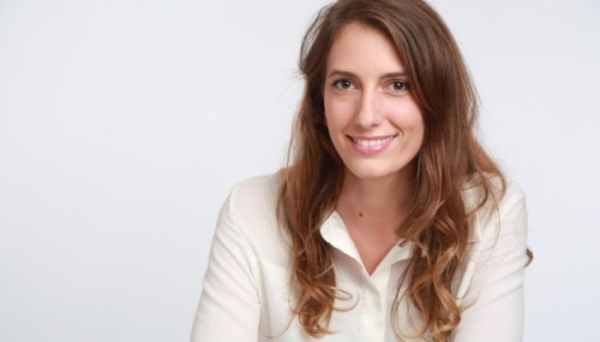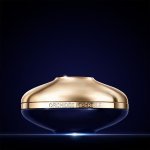 The group Semantiweb, an expert in social media listening and consumer intelligence, examined the spontaneous conversations between youngsters on social media (Instagram, X, Facebook, TikTok and others) to analyse their relationship with perfume. To Julie-Anne Noublanche, a marketing consultant specialized in this industry, their new consumer codes are reshaping the industry.
The group Semantiweb, an expert in social media listening and consumer intelligence, examined the spontaneous conversations between youngsters on social media (Instagram, X, Facebook, TikTok and others) to analyse their relationship with perfume. To Julie-Anne Noublanche, a marketing consultant specialized in this industry, their new consumer codes are reshaping the industry.
To Julie-Anne Noublanche, a consultant specialized in the beauty sector at Semantiweb, Gen Z conversations about beauty show there is a real transformation in the relationship with perfume, conveyed by purchases moving upmarket and the resulting boom of niche brands.
Diversification and personalisation of expectations
“Discussions focused on niche perfumes and major brands’ private collections have soared lately on social media. They reflect Gen Z’s new priorities in terms of perfume consumption. People used to adopt a fragrance for its smell, its bottle, or its icon, or simply because they had received it as a gift. Now, this generation wants to choose their own fragrances, based on a greater number of criteria,” she says.
The terminology used to highlight these intentions includes the search for performance and long lasting.
“The fragrance trail should be vivid, because these young people seek compliments. That is part of the new purchase intention criteria mentioned and it goes hand in hand with the quest for individuality. The fragrance should be very personal, either through juice customization or by choosing an item that is not widely known. Bestseller perfumes are increasingly questioned, and there is a preference for those that no one else wears. Another growing key trend, in particular in China, consists in matching your fragrance with your personality”, adds Noublanche.
The new roles of perfume
Apart from this need for personalisation, fragrances should be able to mark different life stages.
“Today, conversations show that people will choose fragrances matching their outfits, a season, or an event. It is a new approach, which consists in adapting our choices to our mood. The boom of hashtag #scentoftheday and the combined #outfit #perfume shows that today’s consumers have olfactory wardrobes,” continues Noublanche.
For this generation, a fragrance which offers a functional benefit associated with wellness virtues is also an additional advantage.
“It is not a priority, but this concept is appealing. This approach, applied to a viral brand, works pretty well on social media. It is just like a clean perfume: it is nice to have, but it is still a secondary selective criterion for most of the Gen Z. Overall, fragrances go increasingly further and take on new roles,” says Noublanche.
Influencers and viral trends
Guided by increasingly specialized and knowledgeable influencers, Gen Z members adopt purchase modes according to online trends.
“More than others, Gen Z consumers will buy their fragrances without smelling them, simply because they have become viral on social media, or because influencers they trust have recommended them. Hence the importance of the name and olfactory description. New trends emerge, for example Quiet Luxury, Clean Girl Aesthetic, or Smell Like Old Money, which generate purchase intentions similarly to what is observed in fashion,” adds the expert.
If they are open to viral trends on global platforms, Gen Z consumers are more watchful of brands’ cultural values and local influencers.
“Chinese consumers are interested in global brands, but they also increasingly talk about local brands likely to reach them more intimately.”
Generally speaking, the study highlights the new approach to perfumes of a generation which perceives them as a key element of their personalities and wellness, at each stage of their lives.
“These young people’s perfume budget is much higher than that of their elders. They want to wear perfume all the time, but differently. This approach is more comprehensive and complex,” concludes Noublanche.
|
This story was initially published in our January 2025 Fragrance Innovation special issue, read it here. |





